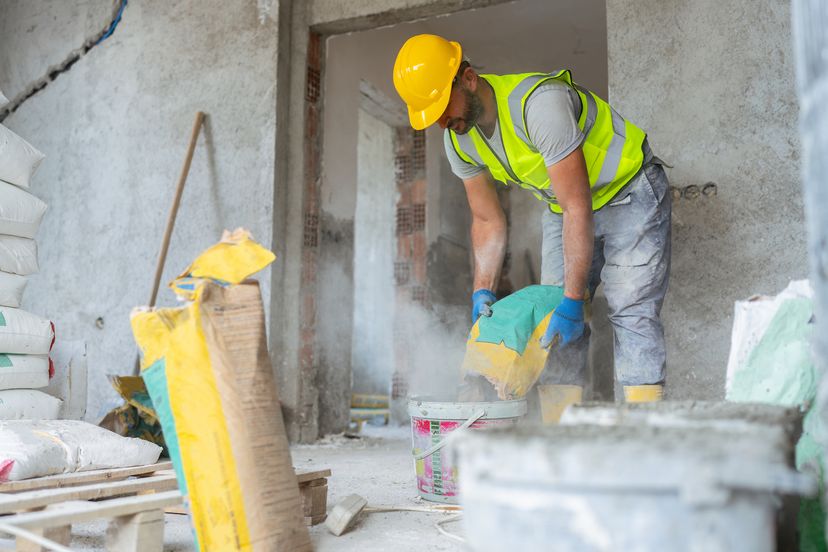A long time ago, in a civilization far, far away ... ancient Romans were already using cement. They formed a hydraulic binder with lime and volcanic ash or pozzolana, a mixture they called Roman cement. Its impressive resistance to seawater made it a great option for constructing aqueducts and other marine structures. But the building material had its drawbacks: Long setting times slowed progress, and pozzolana wasn't readily available everywhere the Romans wanted to build.
A couple millenia later came Joseph Aspdin, an English bricklayer. In 1824, Aspdin had a breakthrough with his innovative process of heating limestone along with clay, resulting in a new type of cement with exceptional binding properties. He named it "Portland cement" as a nod to its resemblance to a natural limestone found on the Isle of Portland in England.
During the Industrial Revolution, Portland cement quickly gained recognition for its strength and durability, surpassing other building materials of the time. Its remarkable binding properties allowed for the creation of concrete, a versatile material capable of withstanding heavy loads and adverse weather conditions.
With the advent of Portland cement, builders and engineers could construct taller, more resilient structures and infrastructure, contributing to the rapid industrialization and urbanization of the 19th century.
The demand for Portland cement facilities soared, and its production spread globally. Manufacturers exported to various countries, including the United States, where the first Portland cement manufacturing facility was established in 1871.
This marked the beginning of a significant shift in not just the cement industry, but the American construction industry as a whole, since modern Portland cement has become the preferred material for bridges, buildings, and infrastructure projects due to its strength, durability, and availability.
